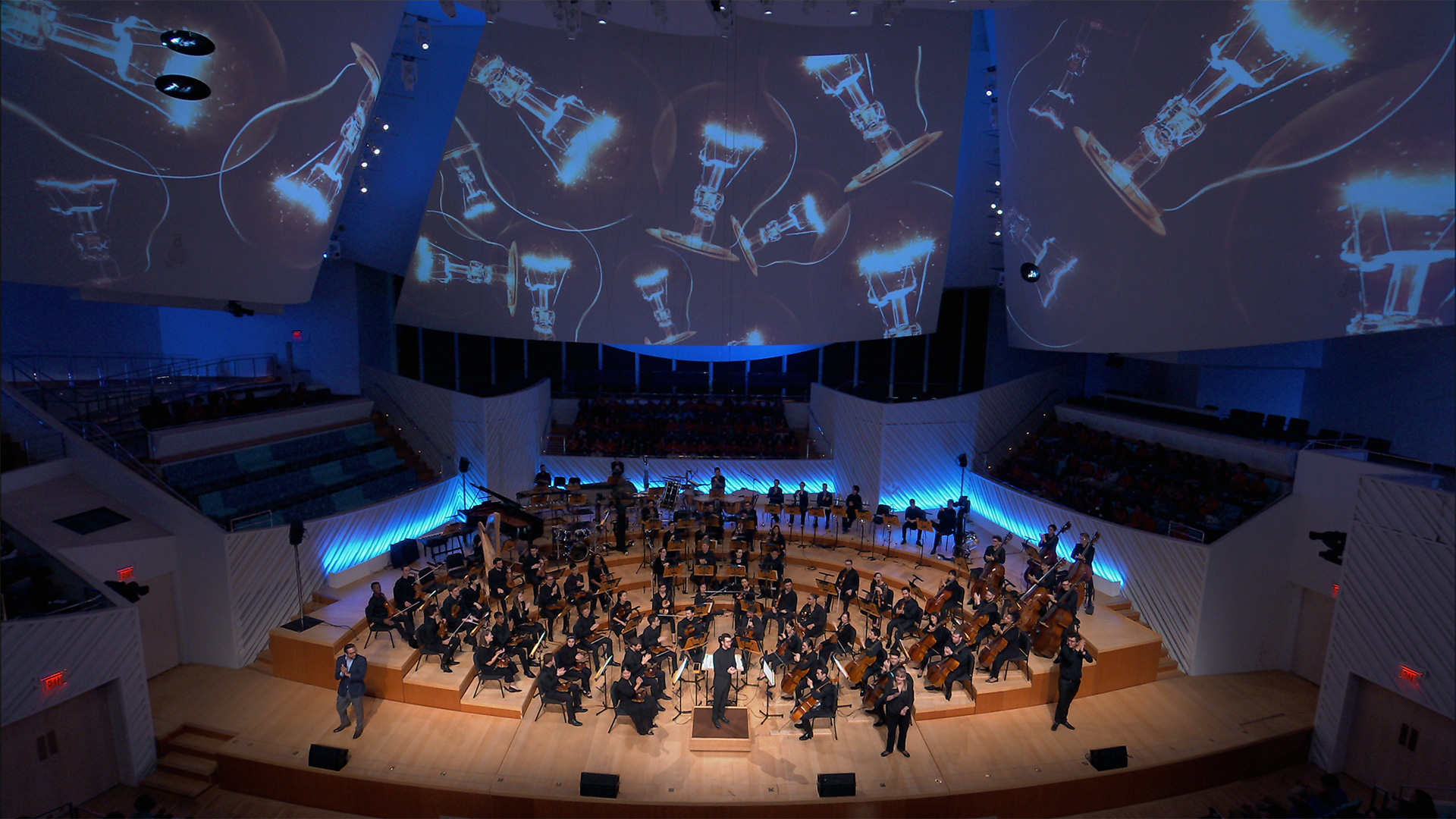Instrument Family Intro

Goals
Audience will better understand different instrumental sound production and timbre through using and modifying their own voices.
Overview
Get participants to engage their bodies and voices as a way to understand the set up, sound production, and sound colors of the instrument.
Process
- Identify features of your instrument that could have analogs with the human body.
- Think of ways to connect the instrumental concepts to physical motions or vocal sounds.
- Transform your thoughts into a script that introduces your instrument and piece in a way that allows students to experience those motions and make those sounds (i.e. having students pat themselves on the back before showing the back of a string instrument).
Audience Type

What does this activity look like in action?
Example Script:
Piece: Prokofiev, 5 Melodies for Violin and Piano, Mvt. 1
Performer: Earlier, we used our hands to feel how air from our lungs can make our vocal cords vibrate to make sounds, but now that we see how are voices make sounds, let’s see how we can modify the timbre of those sounds. In a second, I’m going to ask you to take your hand and pinch your nose closed. Then we’re going to softly hum and let our fingers open and close and see what that does to the sound. [NASAL HUM EXPERIMENT]. So you might’ve noticed that the sound quality of your voice changed quite a bit depending on whether your nose was open [demonstrate open hum] or closed [demonstrate nasal hum]. The two sounds have different timbres, and many composers love experimenting with timbre in their music. In this next piece, listen to how the composer Sergei Prokofiev uses a mute placed on the violin’s bridge to change the timbre of the violin, a bit like asking a singer to sing while stopping their nose.

Modifications
- For brass players, humming with mouth opening and closing to approximate stopped and unstopped playing.
- For string players, alternating humming far back in the throat vs through the nose to demonstrate extreme flautando to ponticello.
- Whatever else strikes you as a fun connection that has an analog in voice or movement!
Create interactive performances. We have activities to help you connect with your audiences.


